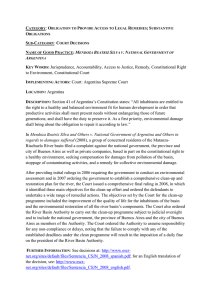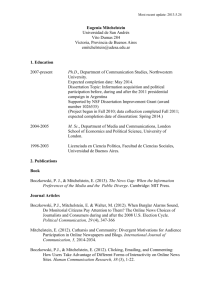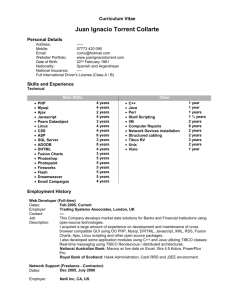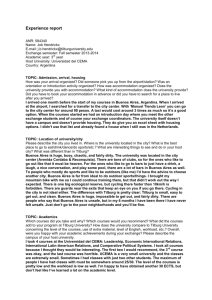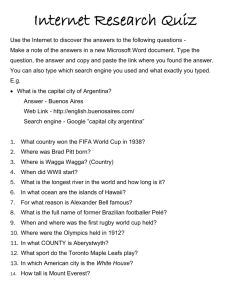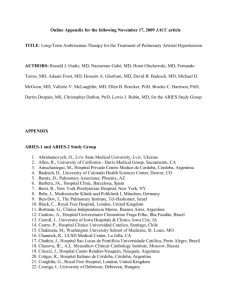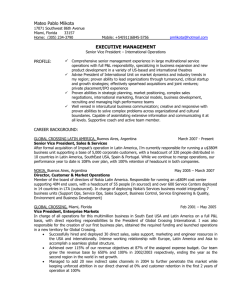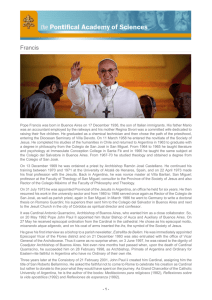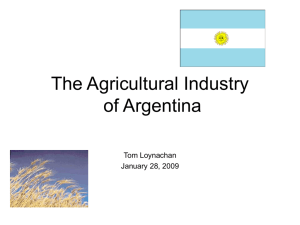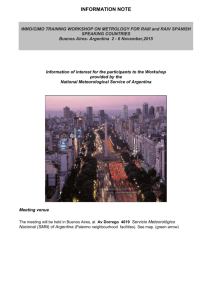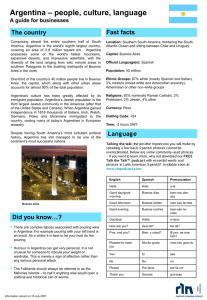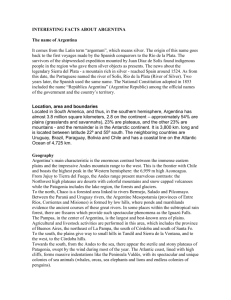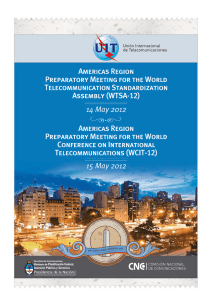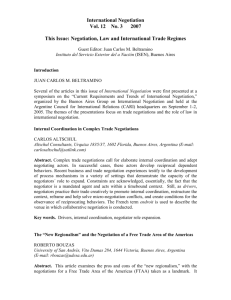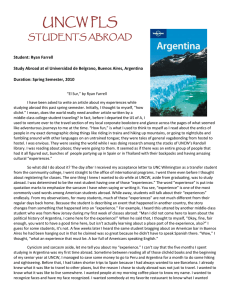PROT_22789_sm_suppinfo
advertisement
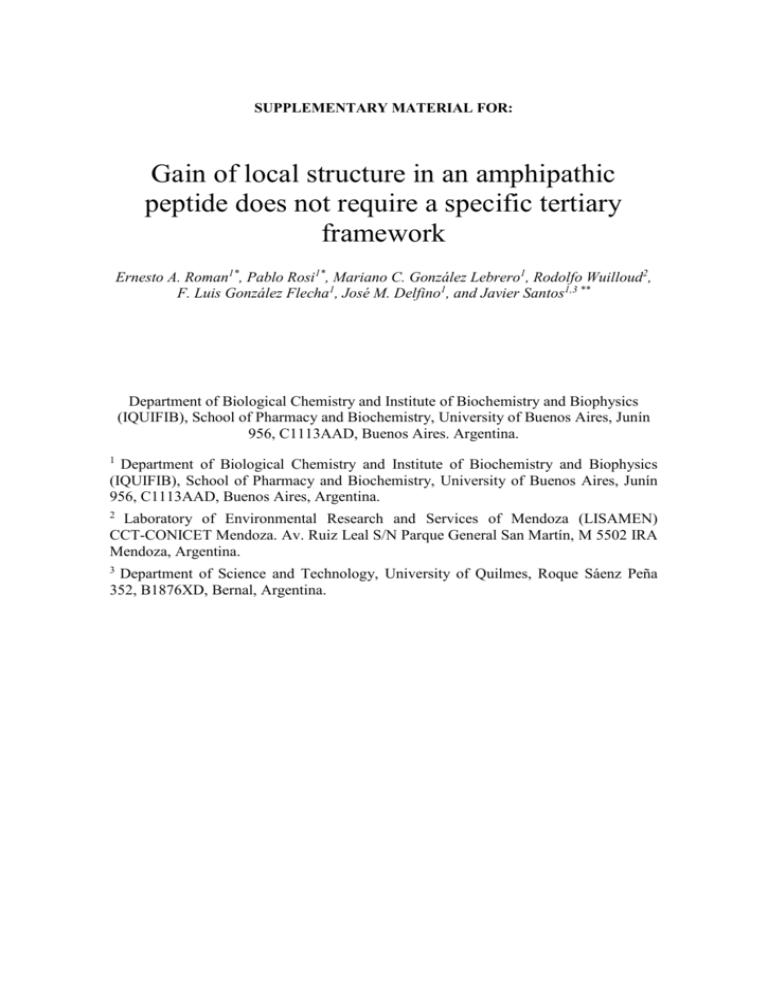
SUPPLEMENTARY MATERIAL FOR: Gain of local structure in an amphipathic peptide does not require a specific tertiary framework Ernesto A. Roman1*, Pablo Rosi1*, Mariano C. González Lebrero1, Rodolfo Wuilloud2, F. Luis González Flecha1, José M. Delfino1, and Javier Santos1,3 ** Department of Biological Chemistry and Institute of Biochemistry and Biophysics (IQUIFIB), School of Pharmacy and Biochemistry, University of Buenos Aires, Junín 956, C1113AAD, Buenos Aires. Argentina. 1 Department of Biological Chemistry and Institute of Biochemistry and Biophysics (IQUIFIB), School of Pharmacy and Biochemistry, University of Buenos Aires, Junín 956, C1113AAD, Buenos Aires, Argentina. 2 Laboratory of Environmental Research and Services of Mendoza (LISAMEN) CCT-CONICET Mendoza. Av. Ruiz Leal S/N Parque General San Martín, M 5502 IRA Mendoza, Argentina. 3 Department of Science and Technology, University of Quilmes, Roque Sáenz Peña 352, B1876XD, Bernal, Argentina. Figure S1. Hydrophobic moments of TRX 94-108 and its variants using as a template the PDB structure for residues 94-108 extracted from the full-length protein (PDB ID:2TRX). Colored bars represent the hydrophobic moment using different hydrophobicity scales: Kyte-Doolittle1 (black), Hopp-Woods2 (red), Cornette3 (green), Eisenberg4 (yellow), Rose5 (blue), Janin6 (violet), Engelman7 (cyan), and Fauchere and Pliska8 (grey). The brown bar represents the calculated hydrophobic moment using Fauchere and Pliska scale, but using as a template a canonical -helix instead of the TRX 94-108 PDB structure. Figure S2. Ramachandran plots for residues 95 to 106 of TRX94-108. φ (phi) and Ψ (psi) torsion angles were measured using g_rama Gromacs application along the simulation at a 3:1 SDS:peptide molar ratio. Figure S3. Ribbon diagram of E. coli thioredoxin (2TRX), human frataxin (1EKG), and the soluble actuator domain of A. fulgidus CopA (2HC8). Side-chains corresponding to each peptide studied in this work are represented as sticks and colored by residue type: polar (green), basic (blue), acidic (red), and apolar (white). References 1. Kyte J, Doolittle RF. A simple method for displaying the hydropathic character of a protein. J Mol Biol 1982;157:105-132. 2. Hopp TP, Woods KR. Prediction of protein antigenic determinants from amino acid sequences. Proc Natl Acad Sci U S A 1981;78:3824-3828. 3. Cornette JL, Cease KB, Margalit H, Spouge JL, Berzofsky JA, DeLisi C. Hydrophobicity scales and computational techniques for detecting amphipathic structures in proteins. J Mol Biol 1987;195:659-685. 4. Eisenberg D, Weiss RM, Terwilliger TC. The helical hydrophobic moment: a measure of the amphiphilicity of a helix. Nature 1982;299:371-374. 5. Rose GD, Geselowitz AR, Lesser GJ, Lee RH, Zehfus MH. Hydrophobicity of amino acid residues in globular proteins. Science 1985;229:834-838. 6. Janin J. Surface and inside volumes in globular proteins. Nature 1979;277:491492. 7. Engelman DM, Steitz TA, Goldman A. Identifying nonpolar transbilayer helices in amino acid sequences of membrane proteins. Annu Rev Biophys Biophys Chem 1986;15:321-353. 8. Fauchère J, Pliska V. Hydrophobic parameters of amino-acid side chains from the partitioning of N-acetyl-amino-acid amides. Eur J Med Chem 1983;8:369375.



